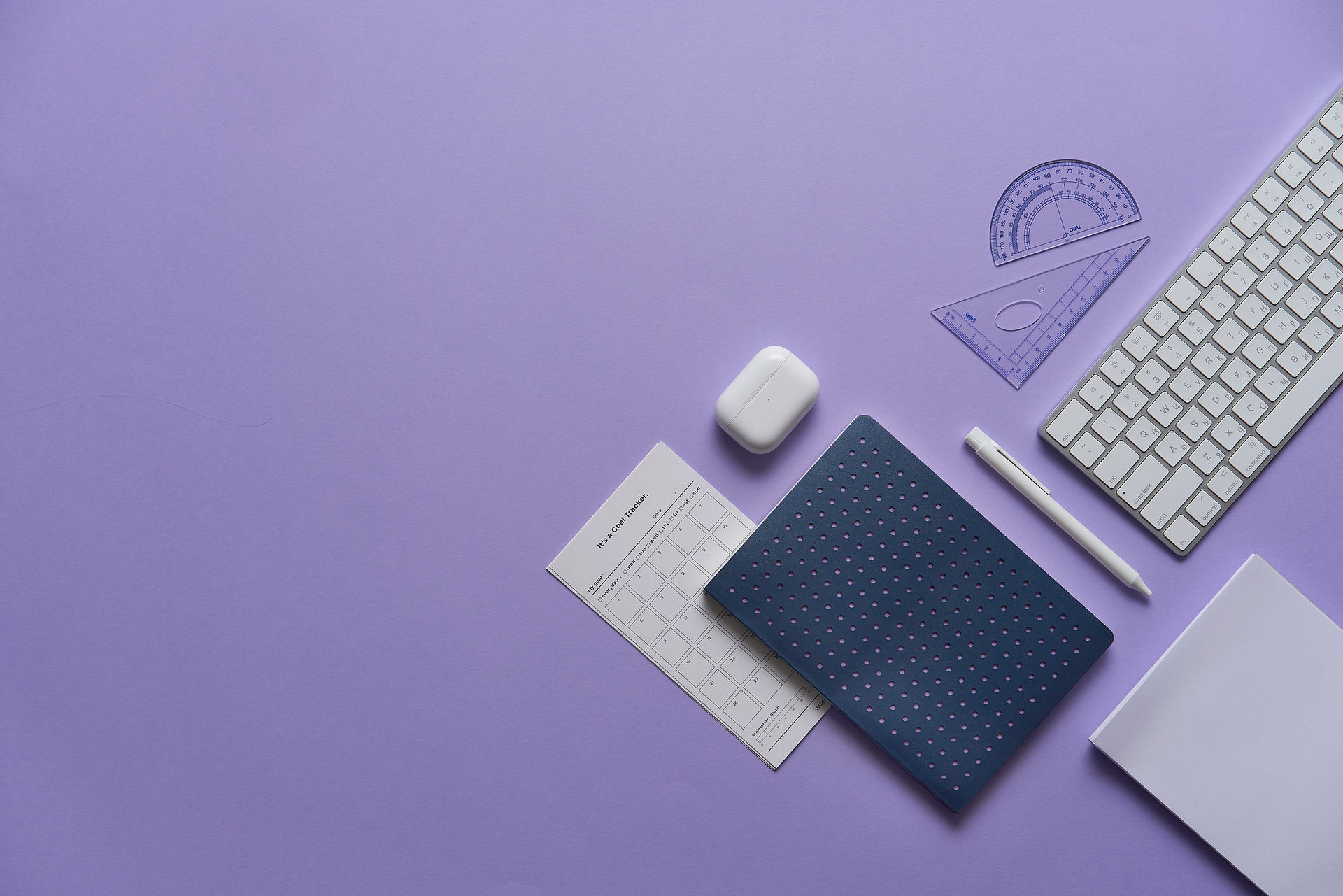Preparing my phone for greatness! (Mobile VR Setup) [Week 3]
- Rikka Ly

- Aug 19, 2020
- 2 min read
Updated: Jul 25, 2023
To lead further projects, lecturer Prasanth wanted the class to set up a Unity to mobile VR basic build. This would allow us to create and test VR builds on our Android phones and a cardboard headset setup. Following his instructions, I learned how to unlock 'Developer Mode' on my phone and link it to my computer. I also learned how to activate the Android build support on Unity, and installed the XR Interaction Toolkit for the next lecture.
While setting up my phone, I encountered a problem where the Mobile VR application would start, but wouldn't show anything. Then it would crash after about 5 seconds. I put this question into the Discord, where Prasanth recommended a series of steps. I removed a graphics API titled 'Vulkan' in the settings. After doing this, it worked perfectly. According to him, Vulkan is a great graphics API that allows you to do more with fewer hardware requirements. However, it is not yet compatible with all devices.
I didn't put anything fancy in the build, but I did create a quick doodle in my free time that I aim to use as a raw material for my Unity builds. I want to refrain from using other people's photos. This doodle is the graphic around the sphere.

With this experiment, my phone acts as the output and input device between VR and my actions. My movement is the input. In the video, you can see that once the VR depiction shows through the output device and reaches my consciousness, my first course of action is to make waves with my phone to watch the sphere wobble around the screen. Inbuilt tracking of the phone's movement and angle helps the input device relay an accurate response. In terms of this experiment, I only perceive the sphere with my eyes. My phone acts as the window between me and the simulated world.
In the future, I'd love to learn how to turn this material into a panorama that I can view in VR. The material has a ratio of 2:1, as suggested by a guide. However, It needs an equirectangular projection distortion to allow it to show well in VR.
An image with the distortion looks like this:

[Duret-Lutz, 2015]
I also need to learn how to code in Unity so that I can allow the material to curve around the viewer's camera. This is the guide I was looking at: https://medium.com/game-development-stuff/how-to-make-a-360%C2%BA-image-viewer-with-unity3d-b1aa9f99cabb.
I think that a panoramic view of art would be a great way to show art off. If I wanted to make more of an impact, I'd create a better piece of work than my star doodle. However, I think that being in VR provides a sense of atmosphere and presence that viewing a flat art piece does not. This is especially true if the artwork aims to invoke a particular atmosphere. Definitely keen to look into putting the time and effort into constructing a detailed VR art piece in the future - one with 3D modeled elements would be even better.
References
Duret-Lutz, A. (2015, August 28). Whale Lookout [Photograph]. Flickr. https://www.flickr.com/photos/gadl/21058680212
Valls, V. (2016, March 14). How to make a 360º image viewer with Unity3D. Medium. https://medium.com/game-development-stuff/how-to-make-a-360%C2%BA-image-viewer-with-unity3d-b1aa9f99cabb

![Stepping Back and Finding my users [Week 10]](https://static.wixstatic.com/media/3f510d_0ed0f82fa4ba4d31a7d7eebc6f01de34~mv2.jpg/v1/fill/w_980,h_797,al_c,q_85,usm_0.66_1.00_0.01,enc_avif,quality_auto/3f510d_0ed0f82fa4ba4d31a7d7eebc6f01de34~mv2.jpg)
![Refining my Idea and the Presentation [Week 9]](https://static.wixstatic.com/media/3f510d_9df540d01c294626a355a4f05d0e5e36~mv2.jpg/v1/fill/w_980,h_776,al_c,q_85,usm_0.66_1.00_0.01,enc_avif,quality_auto/3f510d_9df540d01c294626a355a4f05d0e5e36~mv2.jpg)
![Starting a New Semester with Forward Thinking [Week 8]](https://static.wixstatic.com/media/3f510d_03ea4d9de9d143d9b0467dc4f052f080~mv2.jpg/v1/fill/w_980,h_842,al_c,q_85,usm_0.66_1.00_0.01,enc_avif,quality_auto/3f510d_03ea4d9de9d143d9b0467dc4f052f080~mv2.jpg)
Comments